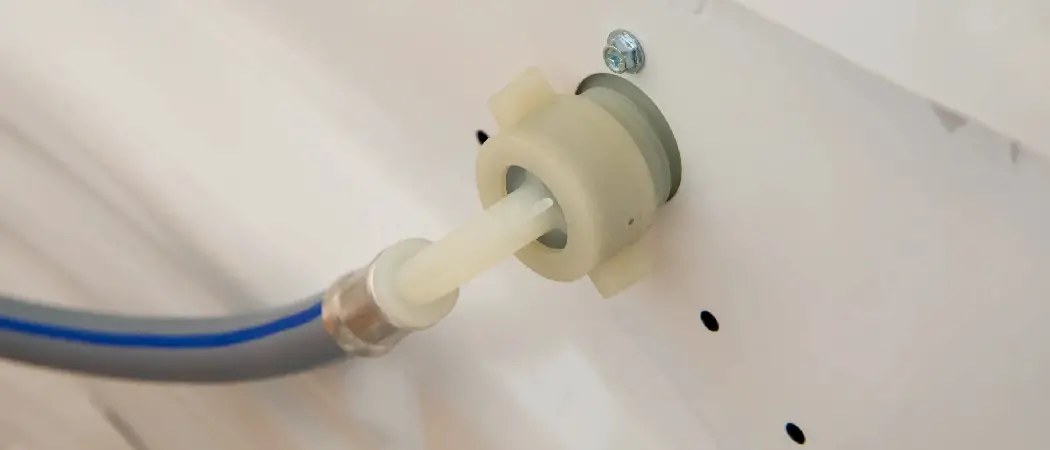Imagine the shock of stepping into your laundry room only to be greeted by a pool of soapy water seeping from your washing machine’s drain pipe.
This unexpected overflow can trigger a wave of panic, leaving you scrambling to contain the mess and salvage your space from unruly water. But what leads to this chaotic household hurdle? The causes can range from a simple clog in the drainage system to a malfunctioning washer or an improperly sized drain pipe.
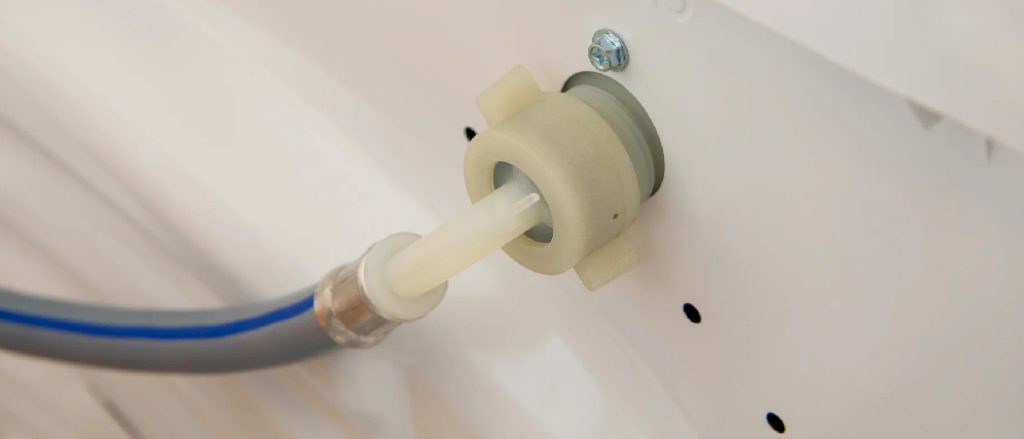
Now, before you resign yourself to a future of laundromat trips, take heart. In the following sections, we’ll dissect the common culprits of this watery woe, offering clarity on how to fix washing machine drain pipe overflow.
With our step-by-step guide, you’ll be equipped to tackle this challenge head-on, turning a moment of frustration into an opportunity for home maintenance triumph and, ultimately, securing the harmony of your laundry routine once again.
Understanding the Plumbing Labyrinth: Mapping the System
Washing Machine Anatomy:
They are understanding how a washing machine drains is crucial to diagnosing overflow issues. Within the anatomy of a washing machine, several key components work together to ensure proper drainage: the drum, where your clothes are washed; the pump, which propels wastewater out; the drain hose, which channels the water away; and the standpipe, the receptacle for wastewater.
Drain Pipe Journey:
After water is used to clean your laundry, it must be expelled. This journey starts at the washing machine pump, which sends water through the drain hose. The water then enters the standpipe, travels through the household drainage system, and finally reaches the sewer or a septic tank.
Potential Clog Havens:
Blockages can occur at several points along this journey: the pump filter, where lint and small items can obstruct flow; the drain hose, which may become kinked or clogged with fabric or sediment; and the standpipe or house drain, which can be impeded by buildup or larger obstructions.
Tools of the Trade: Gearing Up for Battle
Essential Arsenal:
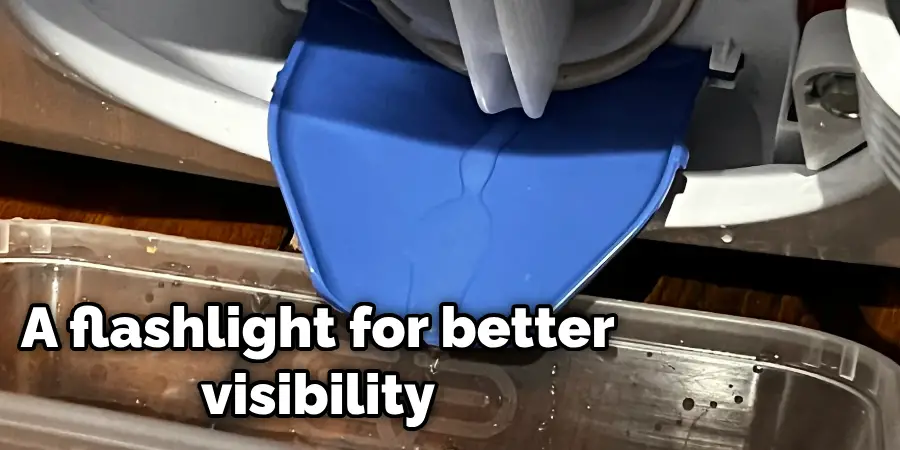
To effectively troubleshoot and repair washing machine drainage issues, it’s important to have the right tools on hand. These may include a plunger, a plumber’s snake or auger, adjustable wrenches, slip-joint pliers, buckets, old towels for water collection, and a flashlight for better visibility. For protective gear, rubber gloves and safety goggles are essential. Always have the washing machine’s manual close by for reference to specific parts and procedures.
Safety First:
Before diving into any repair tasks, ensure that safety measures are in place to protect yourself and your home. Turn off the washing machine and unplug it from the power source. Close the water valves to prevent any further water flow. Clear the area and make sure it is dry to avoid slipping or electric shock. Keep your protective gear on at all times when handling tools and the machine.
DIY vs. Professional Help:
Deciding whether to tackle the drain pipe overflow issue yourself or call in a professional depends on the severity of the problem and your own comfort level with home repairs. A diligent homeowner can often correct minor blockages and kinks. However, if the issue is rooted in the main sewer line or if you need more confidence in your ability to fix the problem without causing further damage, it may be best to enlist the services of a professional plumber.
Common Reasons for Washing Machine Drain Pipe Overflow
When it comes to drain pipe overflow, here are some of the most common culprits to watch out for:
Obstructions in the Drain Hose:
The drain hose may become clogged with lint, small articles of clothing, or debris, leading to restricted water flow and eventual backup into the home.
Overuse of Detergent:
Excess suds from using too much laundry detergent can cause an overflow as foam takes up more space than liquid water, leading to a false full signal in the system.
Pump Issues:
The washing machine pump might be failing, which can prevent water from being pumped out efficiently, causing the water level to rise and overflow.
Drainage Pipe Blockage:
Clogs within the plumbing system, such as the standpipe or the pipes that lead to the sewer, may obstruct the exit of water, causing an overflow of the drain pipe.
Malfunctioning Check Valve:
If the check valve that prevents water backflow malfunctions, it might cause the water to flow back into the machine and out the drain pipe.
Understanding these common issues can help diagnose the problem quickly and direct the repair efforts more effectively.
The Detective Stage: Identifying the Overflow Culprit
Visual Inspection:
Begin by visually inspecting the area around your washing machine and its drain pipe. Look for signs of leaks, dampness on the floor, or water stains that could indicate a history of overflows. It’s critical to identify any apparent clogs or damage to the machine’s parts. Sometimes, the culprit is as evident as a detergent spill or a disconnected hose.
The Hose Interrogation:
Next, turn your attention to the drain hose. This component can often be the source of problems due to its susceptibility to kinks, blockages, or wear and tear over time. Ensure that it’s connected securely to both the washing machine and the standpipe. Carefully inspect the length of the hose for any obstructions or damage, moving the machine slightly, if necessary, to access the entire hose.
Standpipe Scrutiny:
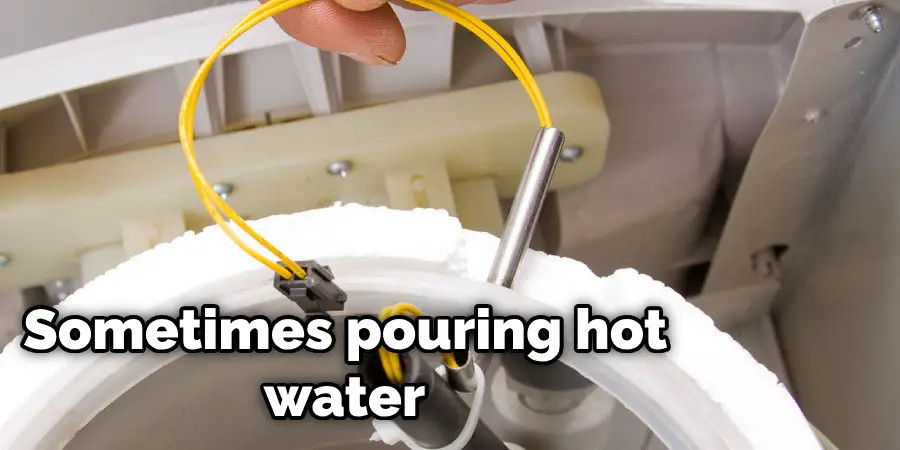
After the hose, investigate the standpipe. This is where clogs often form out of sight. Shine a flashlight down the standpipe and look for any foreign objects or buildup. If water is standing in the pipe rather than flowing down smoothly, there’s likely a clog. Sometimes pouring hot water can help dislodge minor clogs, but be prepared with a bucket in case the water overflows again.
Drain Line Delving (Optional):
In cases where the above steps don’t reveal the problem, it may be necessary to delve deeper into the drainage system. A drain snake, or an auger, can be used to explore and break up tough clogs within the standpipe or household drain line. However, if you’re uncomfortable using this tool or suspect the clog may be located in the main sewer line, consider calling a professional to handle the job.
How to Fix Washing Machine Drain Pipe Overflow: Step-by-Step Guide
Now that you’ve identified the source of the overflow and have your tools ready, it’s time to start fixing the problem. Follow these steps for a DIY repair solution:
Step 1: Clear the Standing Water:
Using buckets or towels, remove any standing water around the washing machine and standpipe. This will make it easier to work on the machine and avoid further mess.
Step 2: Check the Pump Filter:
Remove the pump filter cover, usually located at the front or bottom of the washing machine. If you have a top-loading machine, the pump filter may be located under the agitator. Carefully clean out any debris or obstructions from the filter and reattach it securely.
Step 3: Address Drain Hose Issues:
If the drain hose is kinked or clogged, gently straighten it out or use a plumber’s snake to clear blockages. If there’s damage to the hose, it may need to be replaced. Ensure that the connections at each end of the hose are secure.
Step 4: Tackle Standpipe Clogs:
To remove a clog in the standpipe, try pouring hot water down it and using a plunger to dislodge any obstructions. If this doesn’t work, use an auger or call in a professional to address the issue.
Step 5: Test for Success:
Run a small load of laundry with an eye on the drain pipe. If no water backs up, you’ve successfully fixed the problem!
By following these steps, you will get the competence of how to fix washing machine drain pipe overflow, and hopefully save yourself time and money in the process.
Preventing Future Overflow Issues:
After going through the process of fixing your washing machine’s drain pipe overflow, it’s important to take preventive measures to avoid future issues. Here are some helpful tips to keep your machine running smoothly:
Regular Maintenance:
Perform regular maintenance checks on your washing machine to ensure all parts are in good condition. This includes cleaning the pump filter, inspecting the drain hose for damage, and periodically pouring hot water down the standpipe to prevent buildup.
Proper Loading:
Avoid overloading your washing machine with too many clothes at once. This can put a strain on the machine’s drainage system and increase the likelihood of an overflow.
Watch Your Detergent:
Use the recommended amount of detergent for your machine’s size and type. Too much detergent can cause excessive suds, leading to clogs in the drain pipe.
Professional Inspection:
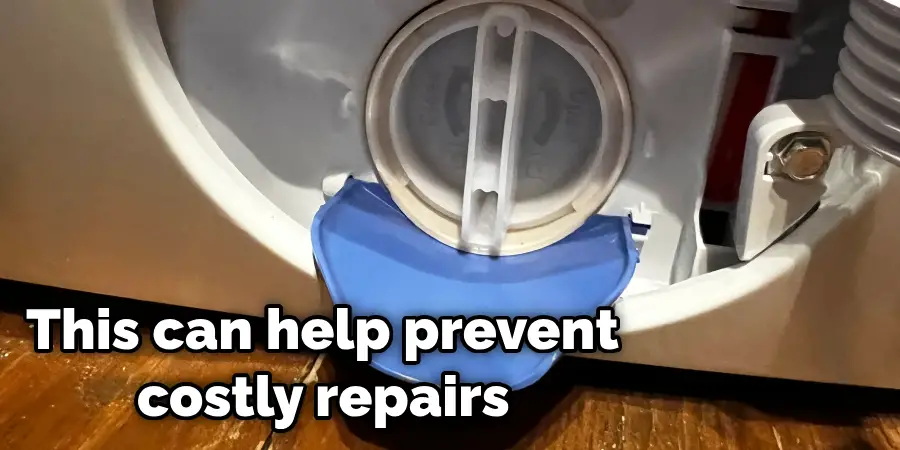
Consider having a professional plumber inspect your washing machine’s drainage system once a year to catch any potential issues before they escalate. This can help prevent costly repairs and keep your machine running smoothly.
Troubleshooting Tips While Fixing Washing Machine Drain Pipe Overflow
If you encounter any problems or obstacles while fixing your washing machine’s drain pipe overflow, here are some troubleshooting tips to keep in mind:
Use Caution:
Always use caution when dealing with water and electrical components. Unplug the machine before beginning any repairs, and wear appropriate protective gear.
Keep a Bucket Handy:
Having a bucket nearby can help catch any excess water when working on the drain pipe, preventing further mess.
Call a Professional:
If you feel uncomfortable or unsure about fixing the problem yourself, feel free to call a professional plumber. It’s always better to be safe than sorry when it comes to your home’s plumbing system.
With these tips and instructions, you’ll be well-equipped to tackle any washing machine drain pipe overflow issues that may arise.
Conclusion
In conclusion, addressing a washing machine drain pipe overflow can seem daunting, but with the right tools and a methodical approach, it is a manageable DIY task. By investigating the usual suspects—the hose, the standpipe, and the drain line—and following a systematic process to troubleshoot and resolve the issue, homeowners can often save the expense and inconvenience of professional intervention.
Moreover, implementing preventative measures such as regular maintenance, proper loading practices, using the correct amount of detergent, and occasional professional inspections will help ensure that overflow issues remain a rarity. Remember that when in doubt or faced with more complex plumbing issues, seeking the expertise of a professional plumber is always a prudent decision.
This guide aims to empower you with knowledge and confidence so that if an overflow occurs, you can respond effectively, ensuring your washing machine operates efficiently and continues to be a reliable asset in your household. Thanks for reading this article about how to fix washing machine drain pipe overflow.

